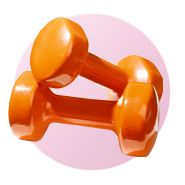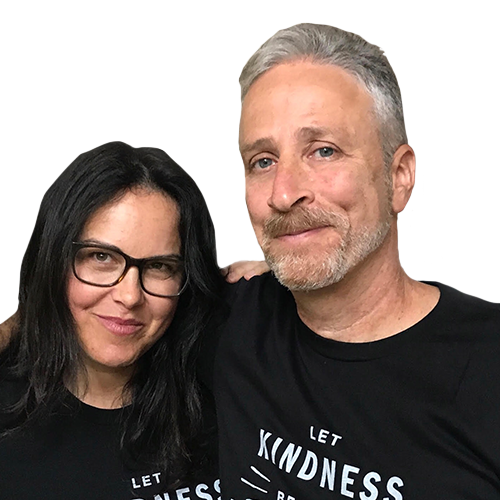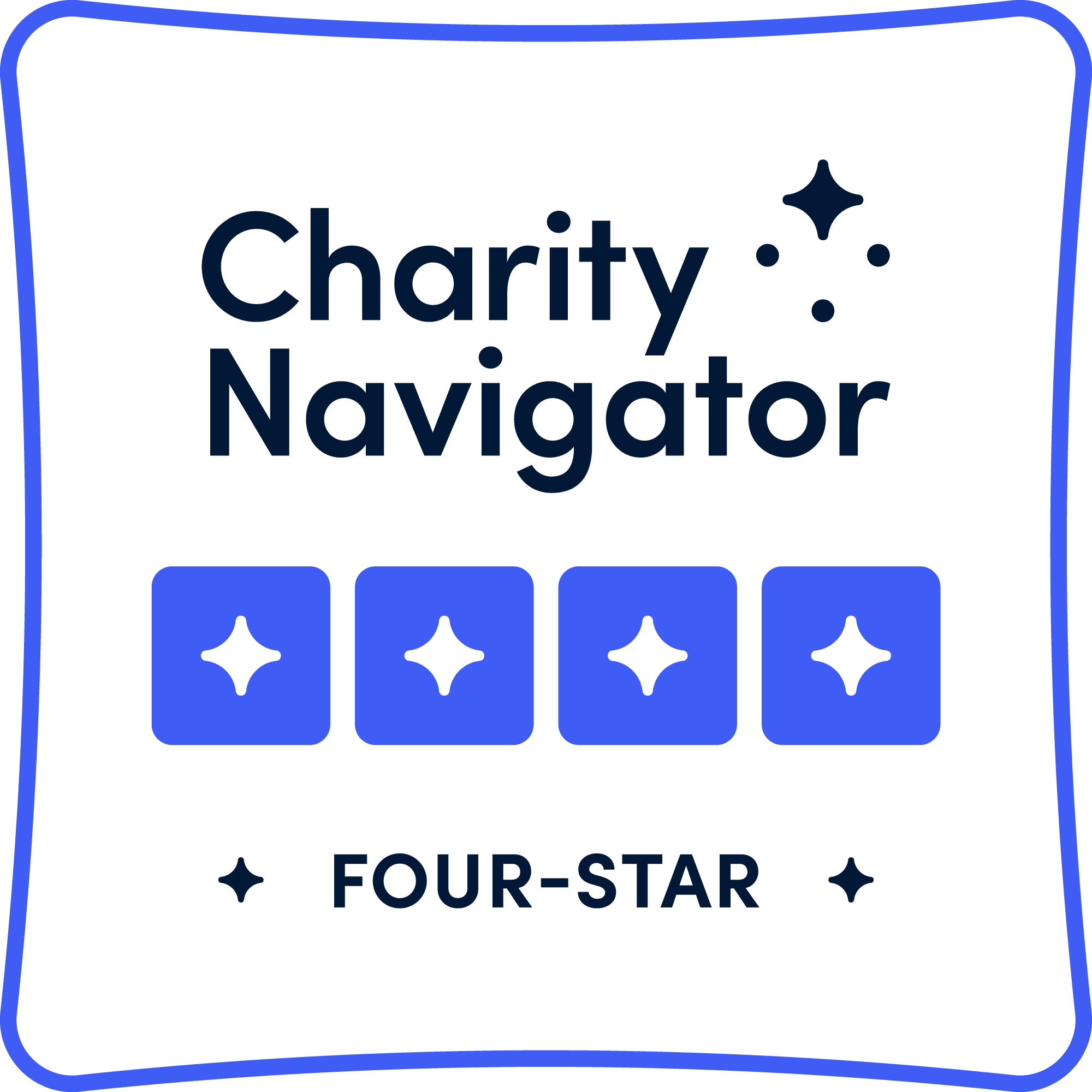Selecciona una sección
The foods we eat and other lifestyle choices can have a powerful effect on our health.
Get access to recipes and resources, inspiring emails, details about upcoming events, and the Getting Started Guide and e-Cookbook! Join our free community today:
Studies show that eating a plant-based diet, exercising regularly, avoiding alcohol, and maintaining a healthy weight all contribute to a dramatic reduction in the risk for breast cancer.
The Let’s Beat Breast Cancer campaign’s evidence-based resources and powerful steps empower you to reduce breast cancer risk today. Please share this lifesaving information far and wide, with friends, family, and policymakers, too.
Join our Let’s Beat Breast Cancer campaign to learn how a healthful diet and lifestyle can help reduce your breast cancer risk!
*Para información en español, visita Venzamos el cáncer de mama (pcrm.org)
Let’s Beat Breast Cancer Rallies Bring Lifesaving Message Across the U.S.
Choosing plant-based foods, exercising, limiting alcohol, and aiming for a healthy weight are four simple steps that reduce your risk of developing breast cancer or having it recur. These steps can improve your health in other ways, by decreasing inflammation in the body and reducing your risk of diabetes and heart disease.
1. Choose Plant-Based Foods
Healthful foods from plants (vegetables, fruits, whole grains, and beans) lower breast cancer risk in several ways. They help with weight loss, because they are typically low in calories and high in appetite-taming fiber. In addition, high-fiber, low-fat diets can help you gently reduce estrogen levels. In turn, lower estrogen levels can lower your risk of cancer.
Plant-based foods are packed with nutrition, and plant-based diets can reduce the risk of multiple diseases. Even so, you’ll want to ensure you get complete nutrition. To do that, include a variety of vegetables, fruits, whole grains and beans in your routine. And be sure to have a reliable source of vitamin B12 daily, such as a simple B12 supplement.
The healthiest meals are plant-based, low fat, and high fiber: an abundance of fresh fruits and vegetables, 100% whole grains like brown rice and oats, non-animal proteins such as lentils, beans, and soy.
Dr. Kristi Funk, Breast Cancer Surgeon
Fill up on vegetables
They have special cancer-fighting powers and nutrients.
Cancer-fighting phytochemicals
Broccoli, kale, Brussels sprouts, and other cruciferous veggies help your body eliminate cancer-causing chemicals.
Eat more soy
In a recent study, women who consumed more soy lowered their risk of breast cancer by 30%.
Isoflavones
Whole soy foods like tofu and soy milk contain protective substances called isoflavones. Eating soy is linked to lower breast cancer risk—even (especially!) for survivors.
Avoid processed meats
Replace them with healthy plant-based protein
Linked to cancer
Hot dogs, bacon, and lunch meats are known to increase the risk of breast cancer—as well as colon, prostate, and pancreatic cancer.
2. Exercise Regularly
Physical activity, especially vigorous exercise like running or fast cycling, lowers the risk of breast cancer. Why? Evidence suggests that exercise helps with weight loss, and it also strengthens immune defenses, which may help the body kill cancer cells that arise.
If you are sedentary now, it helps to start exercising slowly and build up gradually. Briskly walking for ten or fifteen minutes three times per week is a good beginning. You can then add five minutes to each walk until you are walking for 30 or 40 minutes at a time. When you feel ready to take it up a notch, you can add running, swimming, cycling, or other activities you find enjoyable. (Note: Please talk to your doctor before starting an exercise program.)
3. Limit Alcohol
Alcohol increases breast cancer risk. This is true for all kinds of alcohol, including beer, wine, and liquor. Even one drink a day increases risk. The less you drink, the lower your risk. Alcohol can increase estrogen levels, and it can cause DNA damage—the first step in the development of cancer.
We're proud to be part of the Let's Beat Breast Cancer project. We encourage you to take the pledge to follow the four steps this month!
Tracey and Jon Stewart
4. Maintain a Healthy Weight
Excess body weight increases the odds of getting breast cancer after menopause. Extra weight can also make cancer more likely to advance when it arises. The reason seems to be that fat cells produce estrogens—female hormones that can help cancer cells to form and spread. Being overweight also increases your risk of other problems like diabetes, high blood pressure, heart disease, and other kinds of cancer.
What is a healthy weight? You can see how your weight fits with a healthy range by checking your body mass index (BMI). A healthy BMI is between 18.5 and 24.9. Find out your body mass index using the Pink Lotus BMI Calculator.
Join the Campaign and Get Started on the 4 Steps!
Are you game? When you sign up to get started on the 4 steps, you will receive an all-inclusive Getting Started Guide and e-Cookbook with access to videos, recipes, resources, and “breast-ever” tips for powering through the four steps. (We promise we won’t spam your inbox!)
YES, I want to join physicians, dietitians, celebrities, athletes, and people in communities all over the world in reducing breast cancer risk! Please sign me up and send me my free Getting Started Guide and e-Cookbook!
I’m ready to take the four-steps to reduce my risk by:
- Choosing plant-based foods
- Moving more
- Limiting alcohol
- Working toward my healthy weight


















